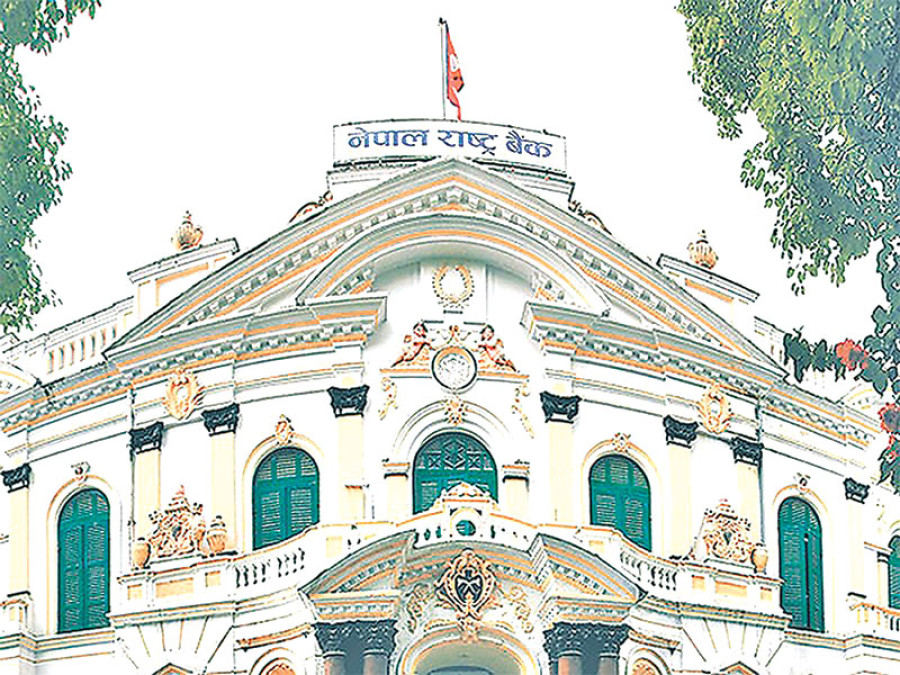Money
Govt to issue bonds early
For the first time in recent years, the Nepal Rastra Bank (NRB), the central monetary authority, is raising debt from the domestic market from the first month of the fiscal year, as transfers made to local bodies have raised the spectre of government facing shortage of funds.
Rupak D. Sharma
For the first time in recent years, the Nepal Rastra Bank (NRB), the central monetary authority, is raising debt from the domestic market from the first month of the fiscal year, as transfers made to local bodies have raised the spectre of government facing shortage of funds.
The NRB, on behalf of the government, will float development bonds with maturity period of five years on Sunday to raise Rs5 billion. This is the first debt instrument being issued in the current fiscal year.
The instrument is being floated, as part of the government’s plan to raise debt of Rs145 billion from the domestic market in the current fiscal year. The NRB floats bonds and treasury bills every year to help the government raise funds to bridge resource deficit and cover various expenses.
This cycle generally used to begin in the third quarter of the fiscal year in the previous years. But this trend is being bucked this year with the NRB floating different tools to mobilise credit worth Rs25 billion, including Rs10 billion from treasury bills and Rs15 billion from development bonds, in the Nepali calendar month of Shrawan, the first month of the fiscal year 2017-18. “The process of raising debt from the domestic market is beginning early this year, as the government may face shortage of funds due to transfers of around Rs75 billion made to newly-formed local bodies,” said Nara Bahadur Thapa, executive director of the Research Department of the NRB.
Nepal recently carved out 744 local units under the new federal structure. These bodies must receive grants from the central government in mid-July, mid-November and mid-March. Based on this arrangement, first tranche of payment has already been made, depleting the state coffers. The government replenishes its reserves by collecting different kinds of taxes and fees. But in the initial months of the fiscal year, the government’s revenue collection slows down because taxpayers pay their first instalment of income tax—which makes second biggest contribution to the government’s income—only in mid-January.

To avert a funding crunch, the government can tap into its savings of over Rs100 billion from the last fiscal year. But this pile of money will start getting smaller once contractors encash cheques that they had received for works performed in the last fiscal year.
Against this backdrop, the government may have to seek overdraft equivalent to 5 percent of the revenue of the last fiscal year from the central bank, according to Thapa. “We want to avoid this,” he said. “Hence, early issuance of debt instruments.”
Debt instruments are also being floated early, as the country’s major festival, Dashain, is less than two months away. During this Hindu festival, the government’s recurrent expenditure generally goes up because of extension of extra month’s salary to civil servants.
As per the internal debt mobilisation calendar of the government, a debt of Rs32.5 billion will be raised from the market in the first quarter of this fiscal year. Another Rs46.6 billion will be collected in the second quarter, Rs45.9 billion in the third quarter and Rs20 billion in the fourth quarter.
The decision to raise debt early, however, will not hurt banks and financial institutions—the major clients of development bonds and treasury bills—as they are currently sitting atop excess liquidity of Rs106 billion, according to the NRB.




 18.12°C Kathmandu
18.12°C Kathmandu















